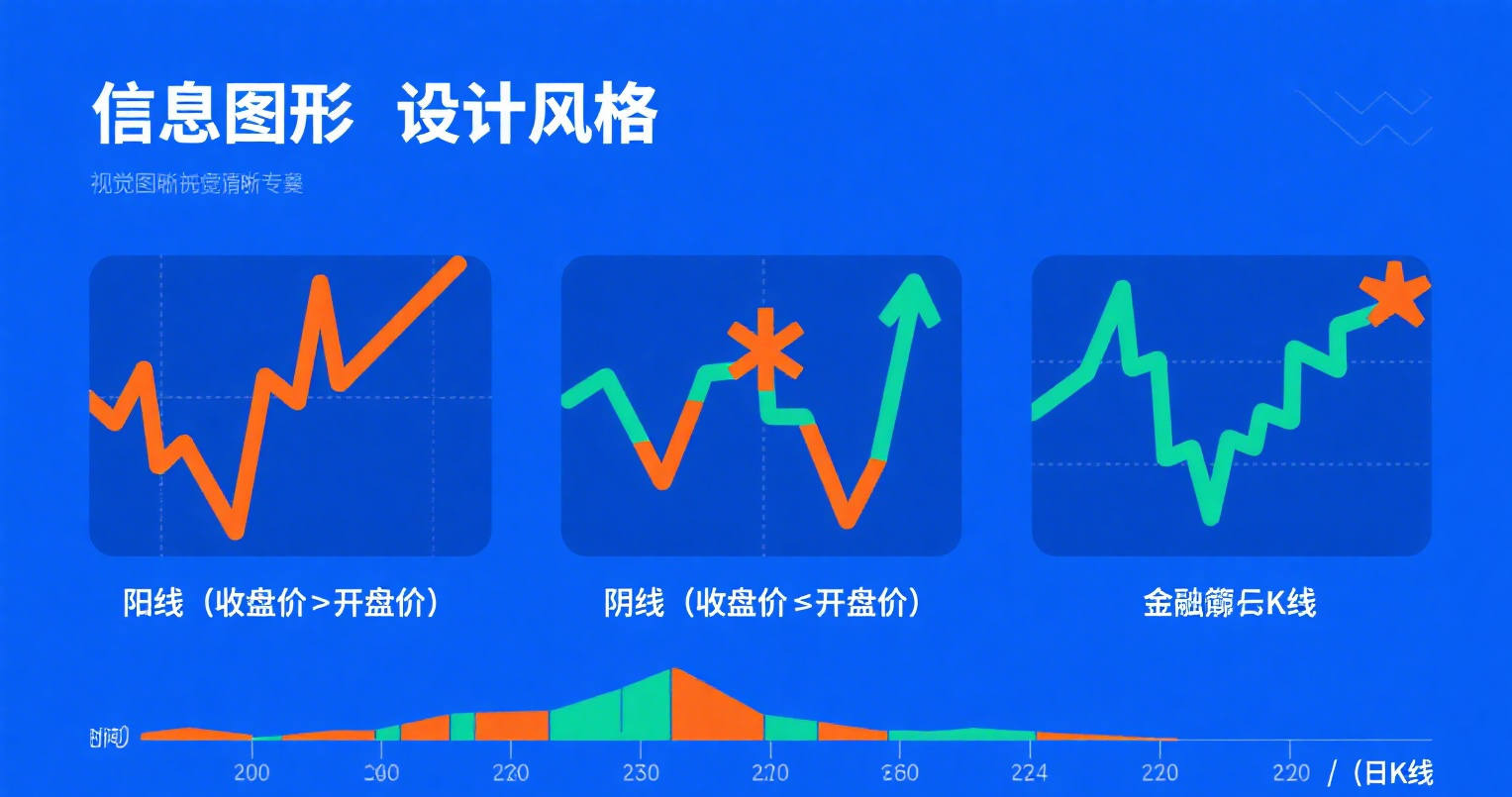
The Path to Consistent Profits
If short-term gains are large, their duration tends to be short; if short-term gains are small, their duration tends to be longer. Slow rises last, while fast surges are brief—the two often transform into each other.
As the ancients said, "A sudden downpour does not last all morning." What comes quickly often goes quickly. In the stock market, a sharp upward rally is usually a very short-lived cycle, whereas a slow rise tends to persist longer.
Rapid short-term gains are the secret to compounding beyond expectations. However, quick in-and-out trading means that after an extremely sharp rally, the end often comes swiftly, frequently accompanied by a sharp decline. Therefore, if signs turn unfavorable, it's best to exit quickly.
The pattern of short-term explosive surges is extremely difficult to grasp and often requires some luck, as such surges generally cannot be predicted in advance—they are only recognized after they occur. The best strategy is to follow the trend while setting clear profit-taking and stop-loss points. However, changes in trading volume can provide early clues, as external capital floods in, causing wild price swings.
Typically, short-term explosive surges are driven by sudden positive news or a significant shift in expectations, leading to a sharp price increase—their defining characteristic is abruptness. On the other hand, a slow and steady rise in stock prices is more likely due to fundamental changes, with some investors aware in advance, quietly accumulating shares and driving the price up gradually.
Short-term traders naturally hope to buy stocks that will rise continuously in the short term, leveraging the perfect alignment of expectation gaps, market trends, industry shifts, company fundamentals, and intraday capital flows.
Such trading demands exceptionally high discipline in position management and even stricter psychological control. It’s a one-in-a-hundred, one-in-a-thousand, or even one-in-ten-thousand opportunity—every step must be flawless. Succeeding once may be easy, but sustaining success is difficult because there is often no stable pattern; one must adapt to changes at all times.
A trading system is crucial, and the best one is the one that fits you. The key to making money lies in finding your own trading system, whose sole purpose is consistent profitability. Any method works as long as it helps you earn steadily.
To earn consistently, you can buy a stock that "always moves north" and hold it long-term. Behind this holding strategy lies enduring patience, a deep understanding of the company’s monopolistic advantages, and stable expectations of its continuous profitability.
Consistent profits can also come from making more when winning and losing less when losing—trading continuously with strict rules. These rules may not always work, but if you constantly adapt to the market, refine your approach, and improve your rules, steady profits are achievable.
Another way to achieve stable returns is through a well-balanced portfolio. The stocks in the portfolio may move at different paces, but they are generally strong trending stocks. Some rise while others fall, creating a natural hedge. This prevents synchronized rises and declines during market downturns, making it easier to achieve stable portfolio growth.
In summary, stable profits come from either:
-
Long-term holdings of companies with monopolistic advantages,
-
Short-term trading with rapid compounding to let one win cover multiple losses, or
-
A hedged portfolio strategy to minimize drawdowns.
















